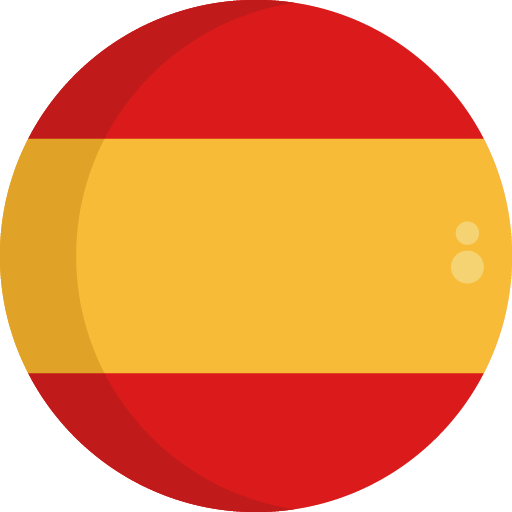Section 133
Attempts by Pharisees and Herodians to trap Jesus with a question about paying taxes to Caesar
Perhaps Jerusalem, in the temple
| Matthew 22:15-22 | Mark 12:13-17 | Luke 20:20-26 |
| 15Then the Pharisees went and took counsel as to how they might ensnare Jesus in what he said. 16They sent their disciples to him, along with the Herodians, saying, “Teacher, we know that you are true and teach the way of God in truth and defer to no one, for you do not show partiality. 17Tell us then, what do you think? Is it lawful to pay taxes to Caesar or not?” 18But Jesus knew their evil intent and said, “Why are you testing me, you hypocrites? 19Show me the coin for the tax.” So they brought him a denarius. 20Then he said to them, “Whose image and inscription is this?” 21They said to him, “Caesar's.” So he said to them, “Then render to Caesar the things that are Caesar's, and to God the things that are God's.” 22When they heard this, they were amazed. So they left him and went away. | 13Later they sent to him some of the Pharisees and the Herodians, to trap him in his speech. 14They came and said to him, “Teacher, we know that you are true and defer to no one, for you do not show partiality but teach the way of God in truth. Is it lawful to pay taxes to Caesar, or not? 15Should we give, or should we not give?” But knowing their hypocrisy, Jesus said to them, “Why are you testing me? Bring me a denarius and let me look at it.” 16So they brought one. Then he said to them, “Whose image and inscription is this?” They said to him, “Caesar's.” 17In response Jesus said to them, “Render to Caesar the things that are Caesar's, and to God the things that are God's.” And they were amazed at him. | 20So they watched him and sent spies who pretended to be sincere in order to catch him in something he said, so that they could deliver him up to the jurisdiction and authority of the governor. 21The spies asked him, “Teacher, we know that you speak and teach correctly, and that you do not show partiality but teach the way of God in truth. 22Is it lawful for us to pay taxes to Caesar, or not?” 23But perceiving their craftiness, Jesus said to them, “Why are you testing me? 24Show me a denarius. Whose image and inscription does it have?” They answered, “Caesar's.” 25He said to them, “Then render to Caesar the things that are Caesar's, and to God the things that are God's.” 26So they were not able to catch him in what he said in the presence of the people. And being amazed at his answer, they fell silent. |
Notes
Temple Mount
For many people, their first view of the Temple Mount is from the Mount of Olives to the east. The most easily recognized area of Jerusalem; the Temple Mount is located within the walls on the eastern side of the Old City. The site of the Temple of Solomon, and of the later Temple built by Herod the Great (which is the temple Jesus visited), is now an enormous stone platform upon which stands the golden covered Dome of the Rock and the Al Aksa Mosque.
Here Jews come to pray at the Western Wall; here Muslims come to pray at the Dome of the Rock and the Al Aksa Mosque. Here Israeli soldiers and the Arab Temple Mount Police protect what may rightly be called the most revered spot on the face of the earth.
Solomon built the First Temple on the threshing floor that his father David had purchased from Arunah the Jebusite (2 Samuel 24:18 25). The site was hallowed as the place where God stayed the hand of Abraham as he was about to sacrifice his son Isaac on Mount Moriah (2 Chronicles 3:1), and where God stopped the plague against the Israelites (2 Samuel 24:15 18). In addition to the Temple and its associated buildings, Solomon built other magnificent structures between the City of David and the Temple Mount.
Southern Steps of the Temple
The main public access to the Temple was from the southern steps. People entered and exited through a double and triple gate, together called the Huldah Gate. These gates had to handle enormous crowds during feast days; estimates as high as 500,000 people at a time. The triple arched gate was the entrance and the double arched gate served as the exit. Although the double and triple gates have been filled in, you can still see their outlines in the walls near the well-preserved steps of the monumental staircase.
The triple gate to the east led to a tunnel that brought worshippers up to the Temple and the columned porches. To leave the Temple they would exit the double gate on the west and go down a staircase 4 times larger than the entry staircase, since everyone was leaving at the same time. The steps below the wider staircase are well preserved and are one of the few places you can walk where you are sure Jesus walked. An interesting exception to the rule about entry and exit gates regarded mourners. According to the Talmud, they were to go in and out against the traffic in order that people would know of their loss. People would then extend their condolences by saying, “May He who dwells in this House give you comfort.”
In this area we will also see ritual baths from the time of Christ, important inscriptions from the Temple, the street that runs inside the Western Wall tunnels, and the ruins from the Roman destruction of Jerusalem.



















